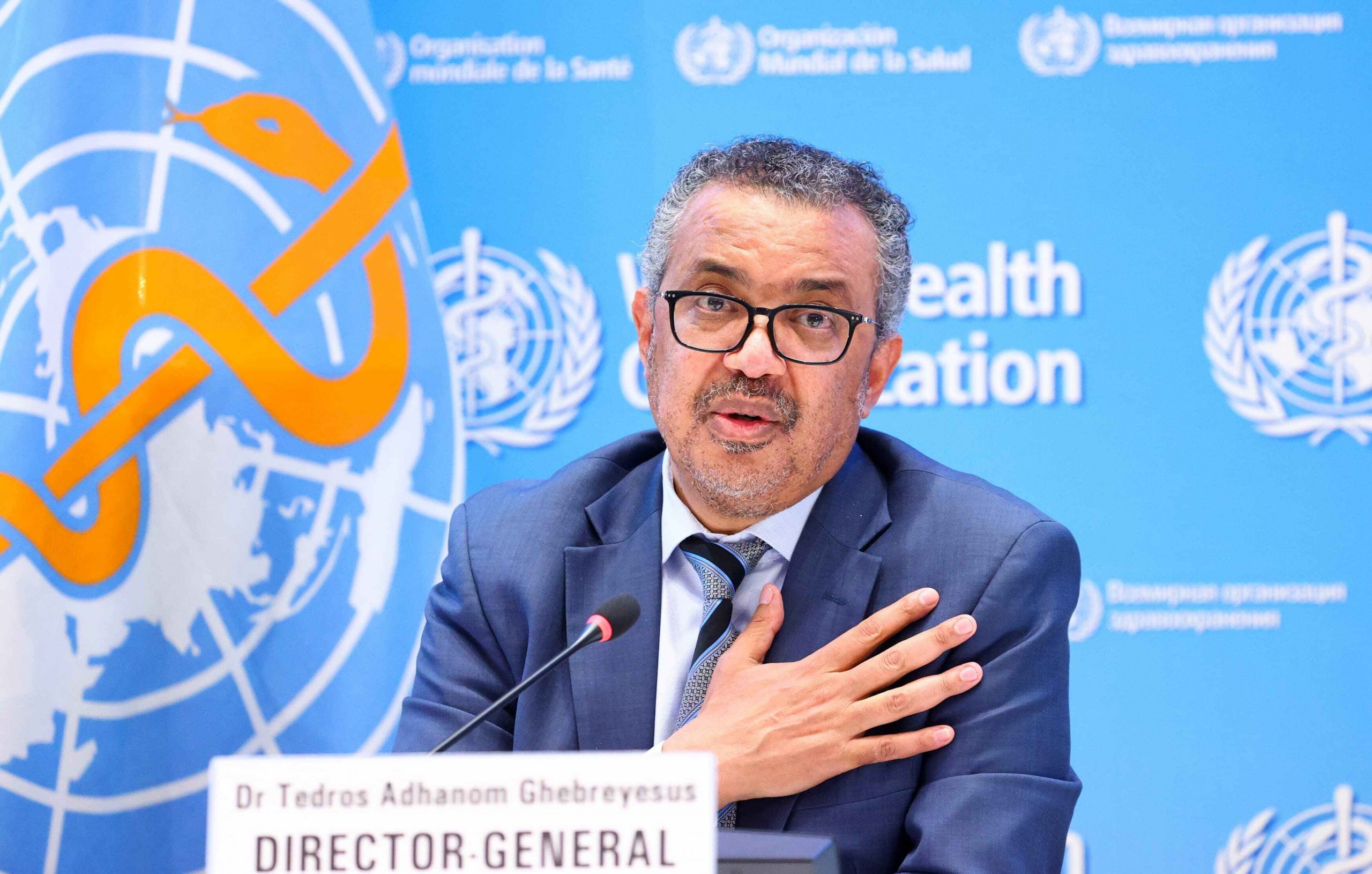WHO: Over 500 million people are at risk of heart disease, obesity, and diabetes because they are inactive.
According to estimates made by the World Health Organization (WHO), between 2020 and 2030, 500 million individuals worldwide could either develop heart disease, obesity, diabetes, or other non-communicable diseases connected to inactivity.
The alarming data was taken from the WHO’s Global Status Report on Physical Activity 2022, which evaluates how well governments are implementing recommendations to increase physical activity overall for people of all ages and abilities.
If governments at all levels fail to take urgent action to encourage more physical activity among their residents, it assessed the cost implications at $27 million yearly.
The UN agency also revealed that data from 194 countries show that overall improvement is modest and that governments need to accelerate policy design and execution in order to increase levels of physical activity, prevent sickness, and lower the strain on already overcrowded health care systems.
It was reported that fewer than 50% of nations have a national physical activity policy, and fewer than 40% of those policies are in effect. National physical activity recommendations are only present in 30% of nations for all age groups.
“While nearly all countries report a system for monitoring physical activity in adults, 75% of countries monitor physical activity among adolescents, and less than 30% monitor physical activity in children under 5 years
“In policy areas that could encourage active and sustainable transport, only just over 40% of countries have road design standards that make walking and cycling safer,” the report added.
The WHO Director-General, Dr. Tedros Adhanom Ghebreyesus, stated that more nations must speed up the implementation of policies to encourage people to engage in increased physical activity through walking, cycling, sports, and other activities.
He characterised the advantages as enormous, not just for the general well-being of societies, environments, and economies, but also for the physical and mental health of individuals.
“We hope countries and partners will use this report to build more active, healthier, and fairer societies for all.
“The economic burden of physical inactivity is significant and the cost of treating new cases of preventable non-communicable diseases (NCDs) will reach nearly US$ 300 billion by 2030, around US$ 27 billion annually,” WHO noted.
Additionally, it was highlighted that although there have been more national plans recently to combat NCDs and inactivity, 28% of them are reportedly neither funded or being carried out at this time.
The survey revealed that only slightly more than 50% of countries launched a national communications campaign or organised mass participation physical activity events in the previous two years, despite these initiatives being regarded as a “best buy” for inspiring populations to fight NCDs.
The COVID-19 epidemic not only put a stop to these activities, but it also had a severe effect on how policies were put into practise, which increased disparities in access to and opportunities for physical exercise for various populations.













